If you’ve spent time training your chest and still feel like you’re not getting the full stretch or squeeze from presses alone, dumbbell flys could be the missing link. While the bench press builds power and mass, flys isolate the pecs more directly—helping create that full, defined chest look many lifters are after. Whether you’re using dumbbells or mimicking a machine fly with free weights, this movement is a foundational chest sculptor worth mastering.
What Is a Dumbbell Fly?
The dumbbell chest fly is a chest isolation movement that targets the pectoralis major—the large muscle across your chest. Unlike presses that involve a lot of triceps and shoulder action, flys minimize assistance from other muscles. Think of hugging a tree or flapping your wings—flys mimic that arcing motion, engaging the chest through a longer range of motion.
The traditional setup involves lying flat on a bench with a dumbbell in each hand. With a slight bend in the elbows, you open your arms wide, lower the weights until you feel a deep stretch in your chest, then bring them back together in a controlled, semi-circular arc.
How Dumbbell Flys Compare to the Machine Version
Many people are familiar with the pec deck machine or cable crossover stations, which guide your arms through a fixed fly motion. But doing a machine fly with dumbbells (i.e., recreating the same movement pattern using free weights) introduces more stabilization and control. With dumbbells, your supporting muscles—especially in the shoulders—are forced to work harder, leading to greater muscle engagement.
Free weights also allow for subtle angles. You can adjust wrist rotation, modify elbow bend, and tweak your range of motion based on comfort and control, which machines don’t always permit.
Benefits of Flys with Dumbbells
-
Greater chest stretch: Dumbbells allow your hands to travel further apart than most machines or cables, producing a deeper pec stretch.
-
Improved mind-muscle connection: Because flys reduce the role of secondary muscles, you can focus more on contracting the chest.
-
Versatility: Whether lying flat, on an incline, or a decline bench, dumbbells adapt to multiple angles.
-
Accessibility: You don’t need a full gym setup—a pair of butterfly dumbbells (lighter weights used for flys) and a bench can be enough.
Form Tips for Effective and Safe Flys
-
Start light. Even if you press 80s, don’t assume you can fly them. Start with 15–25 lb dumbbells and build up.
-
Keep a slight bend in the elbows. Locking your arms increases joint strain and limits control.
-
Avoid turning it into a press. If your elbows are too bent and you're pushing up instead of around, you’re just doing a weird press.
-
Squeeze at the top. Imagine trying to crush a tennis ball between your pecs.
My Experience with Dumbbell Flys
Years ago, my chest training was mostly barbell presses and push-ups. Progress stalled, and I felt like my upper chest never really filled out. A trainer showed me how to do flys properly, starting with incline dumbbell flys using 20-pound weights. The burn was intense—but different. Over a few months, I noticed fuller development across the chest, especially along the inner and upper lines. Flys became a staple in my routine, particularly at the end of a workout when chasing that last pump.
Dumbbell Fly Variations to Try
-
Incline Dumbbell Fly: Targets the upper chest. Use a bench angled at 30–45 degrees.
-
Decline Dumbbell Fly: Emphasizes the lower chest.
-
Flat Bench Fly: Classic version that hits the mid-pecs.
-
Standing Dumbbell Fly (Butterfly style): Mimics cable crossovers—requires lighter weights and more control.
-
Reverse-Grip Dumbbell Fly: A twist that reduces front delt dominance.
Final Thoughts
The dumbbell fly, in all its variations—flat, incline, decline, or even standing—shouldn’t be overlooked. It’s not about lifting heavy, but about precision and stretch. Whether you're a beginner or someone refining your chest sculpting routine, adding butterfly dumbbells to your workouts can unlock a level of muscle activation that presses alone can't match.
Use them wisely. Control the movement. Focus on the squeeze. And let your chest fly.


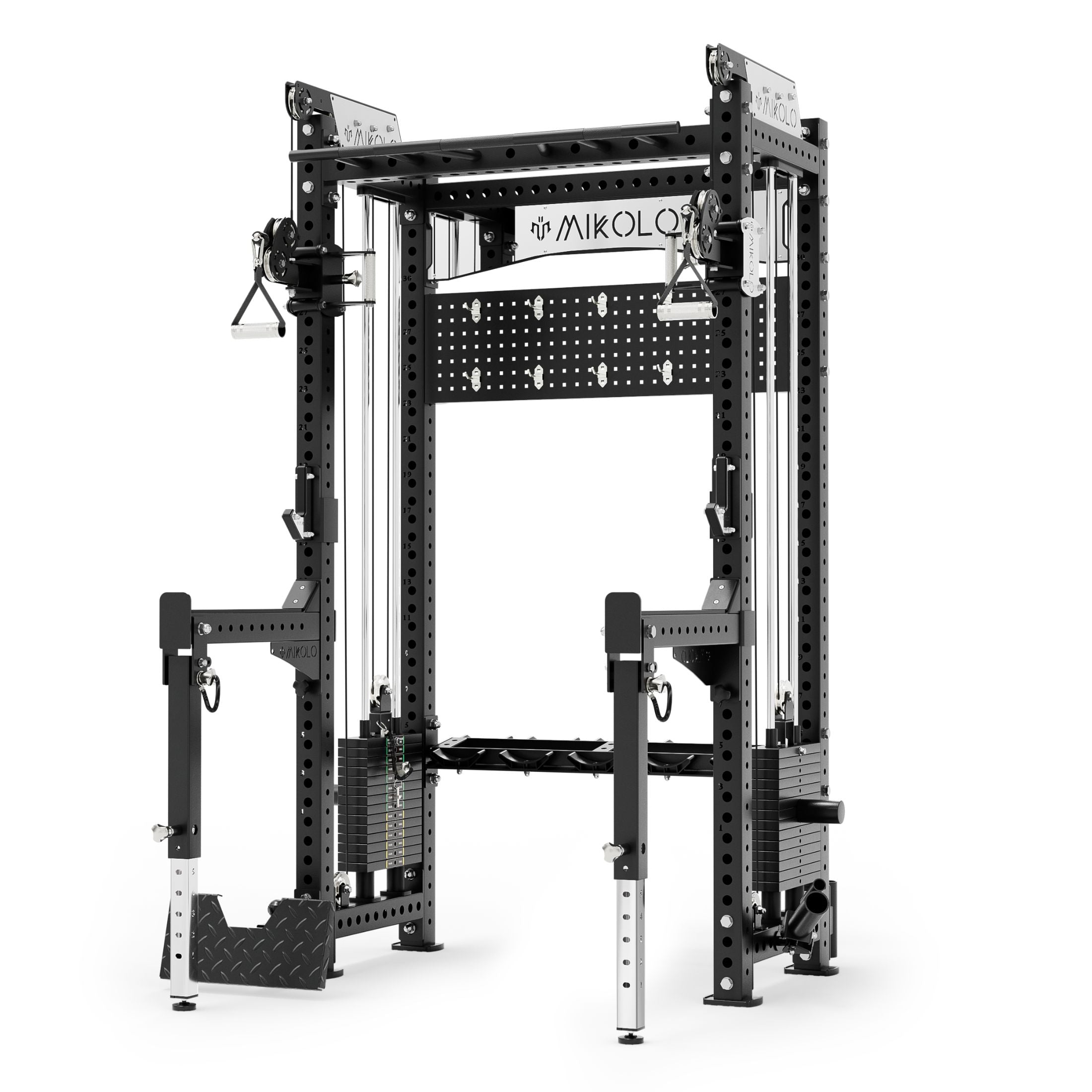
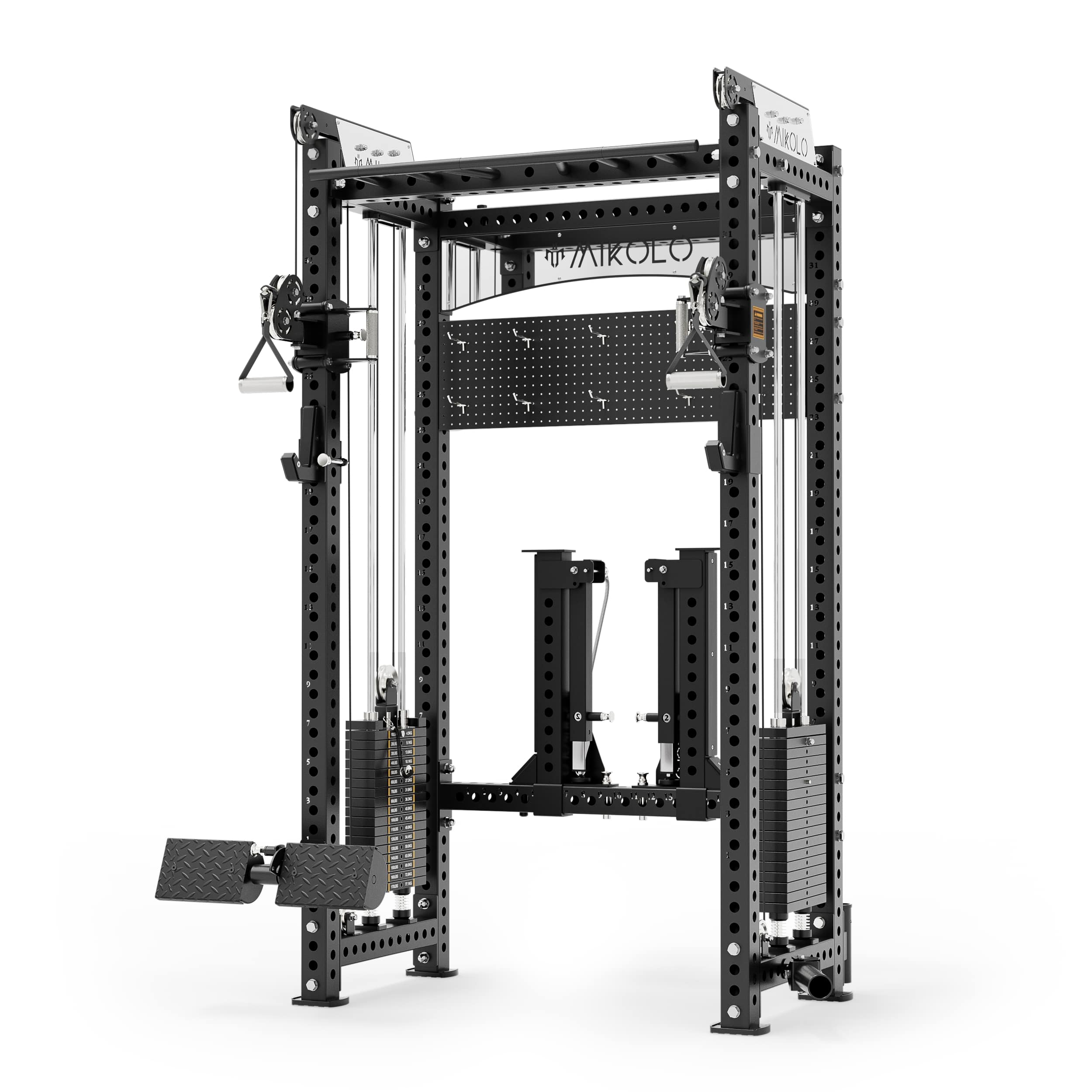
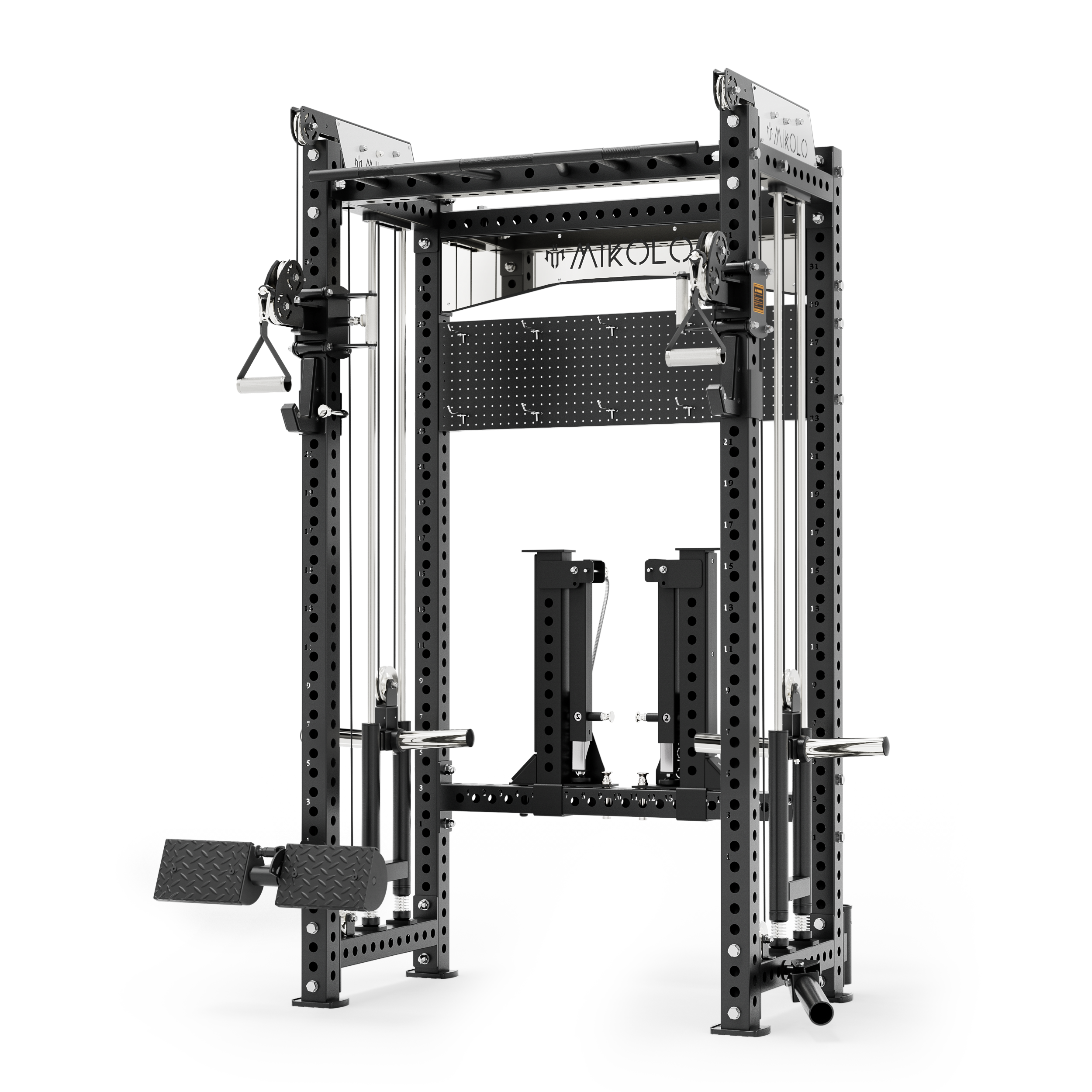


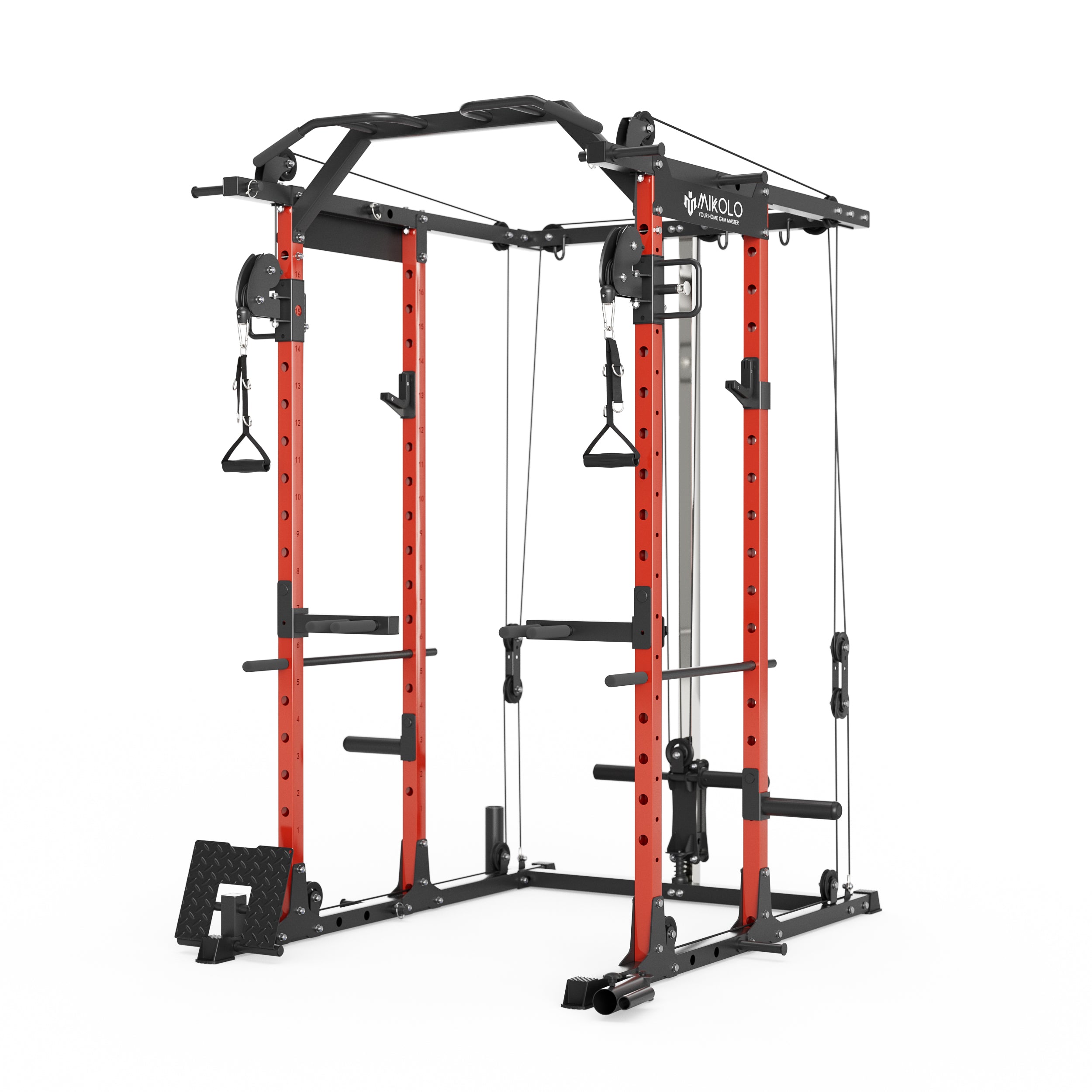
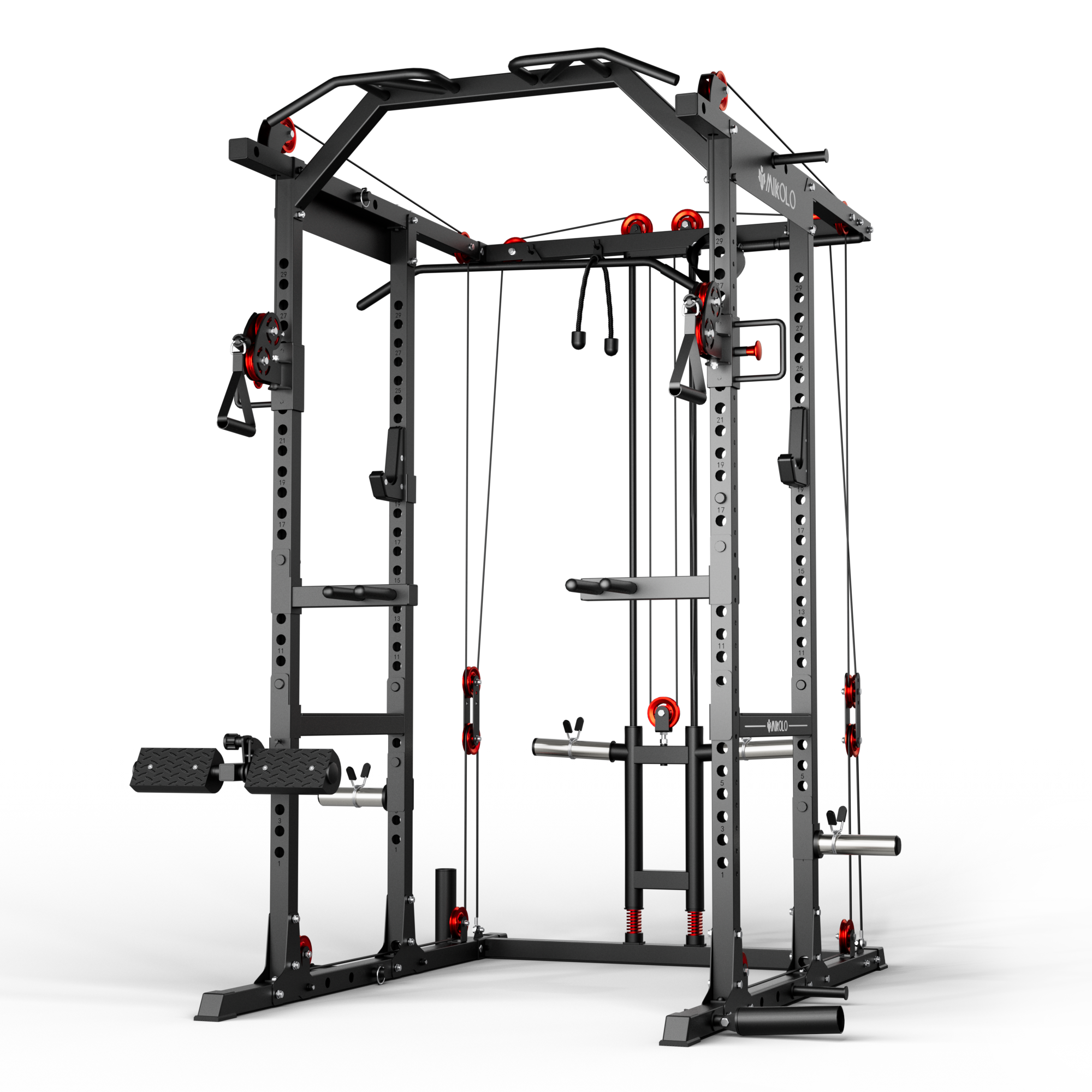


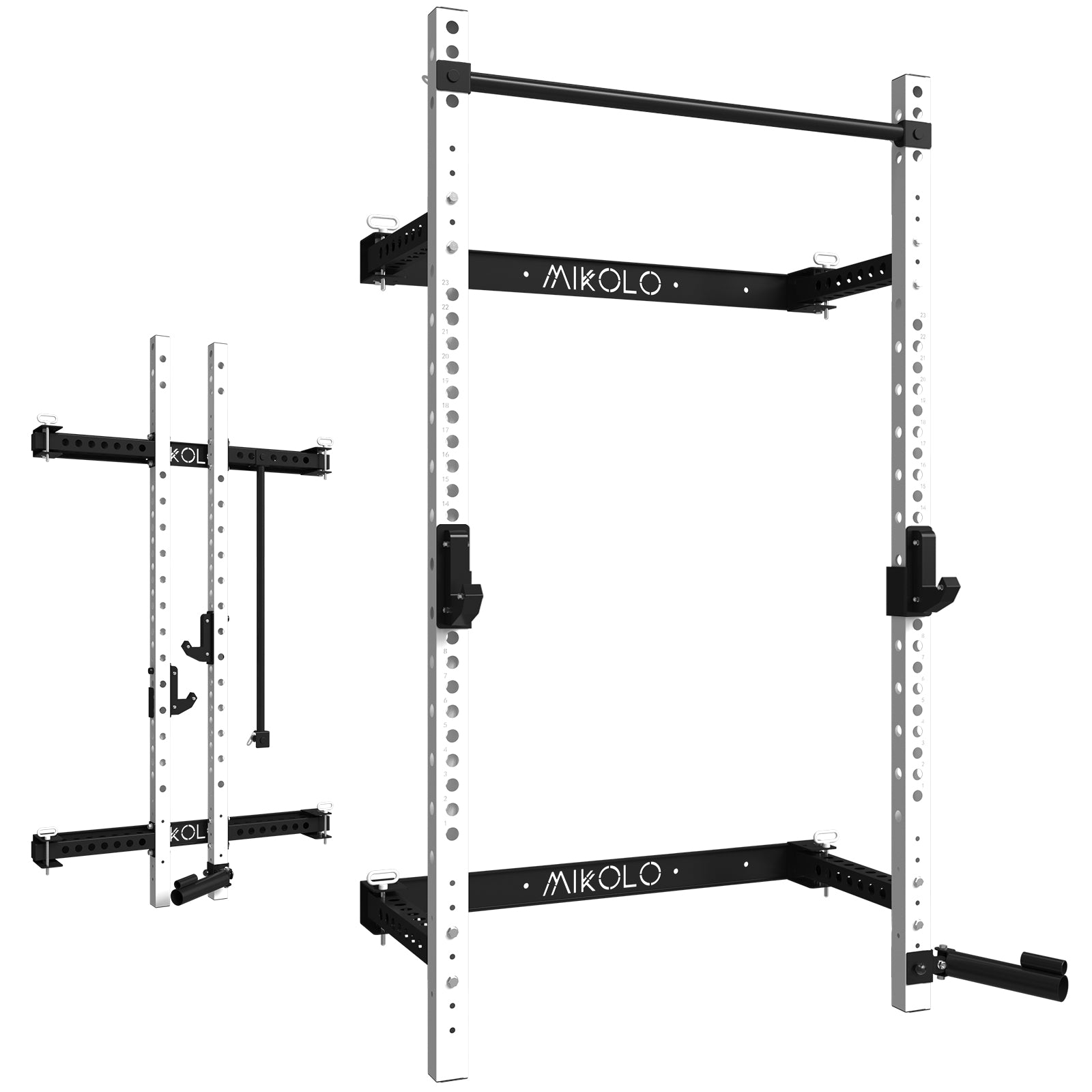


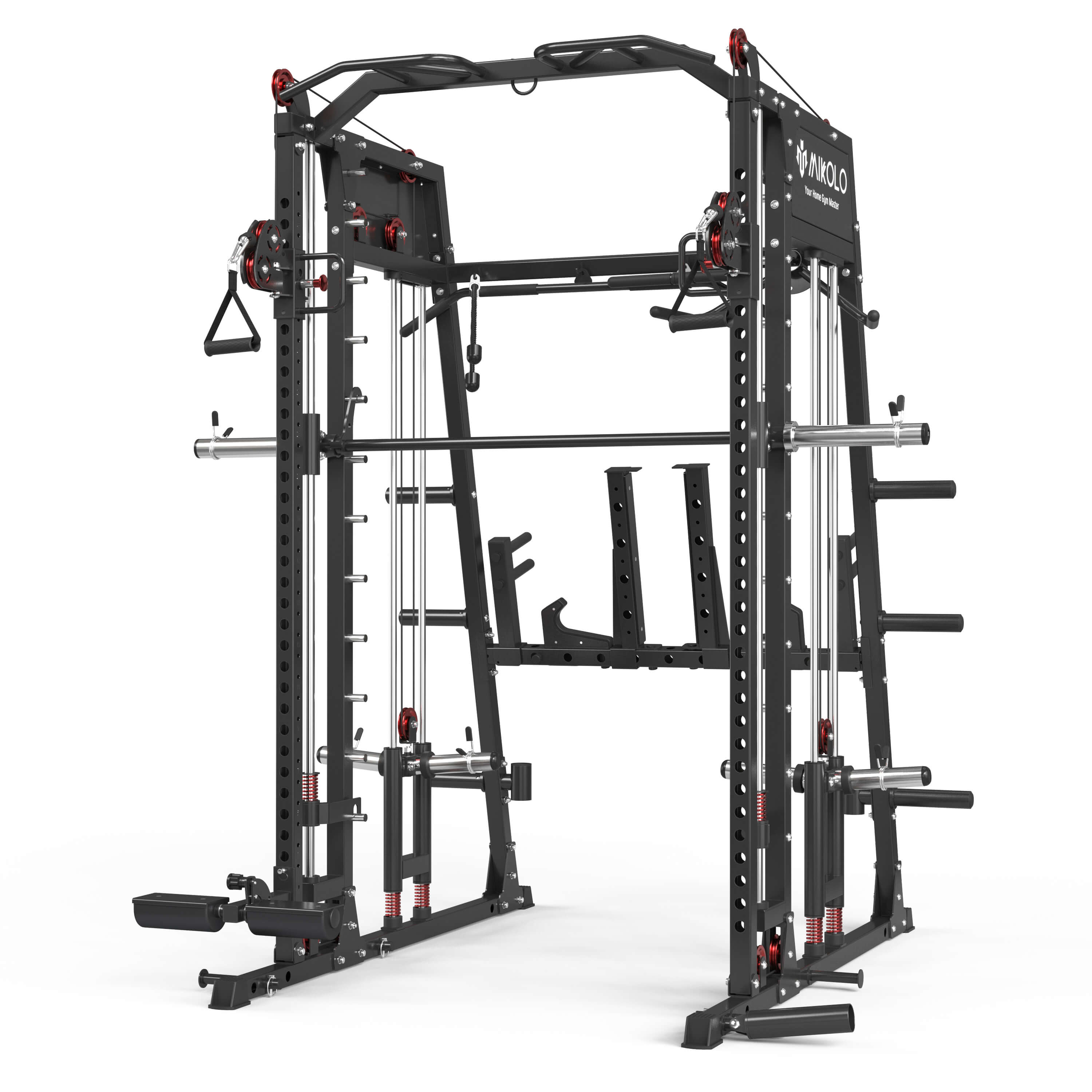
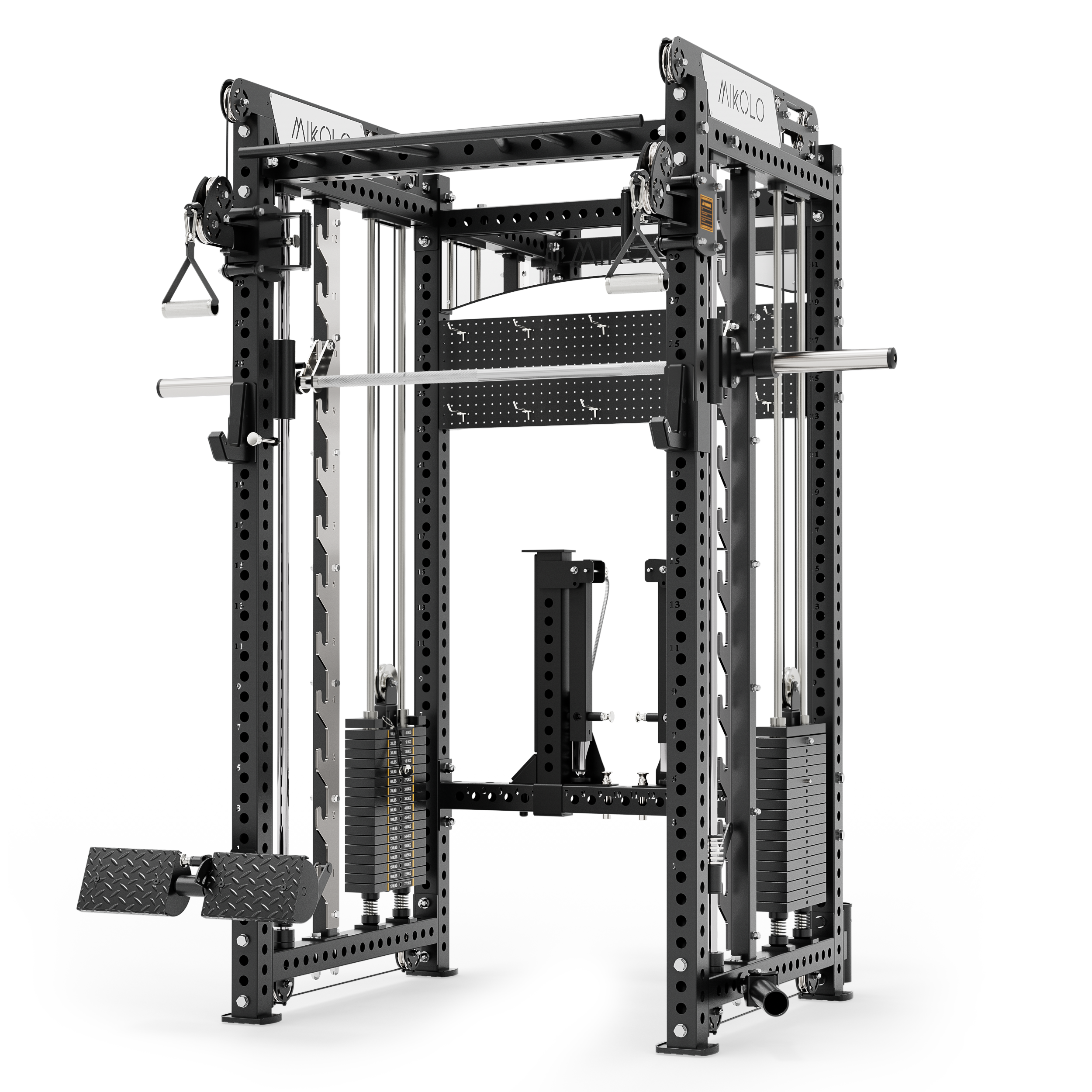
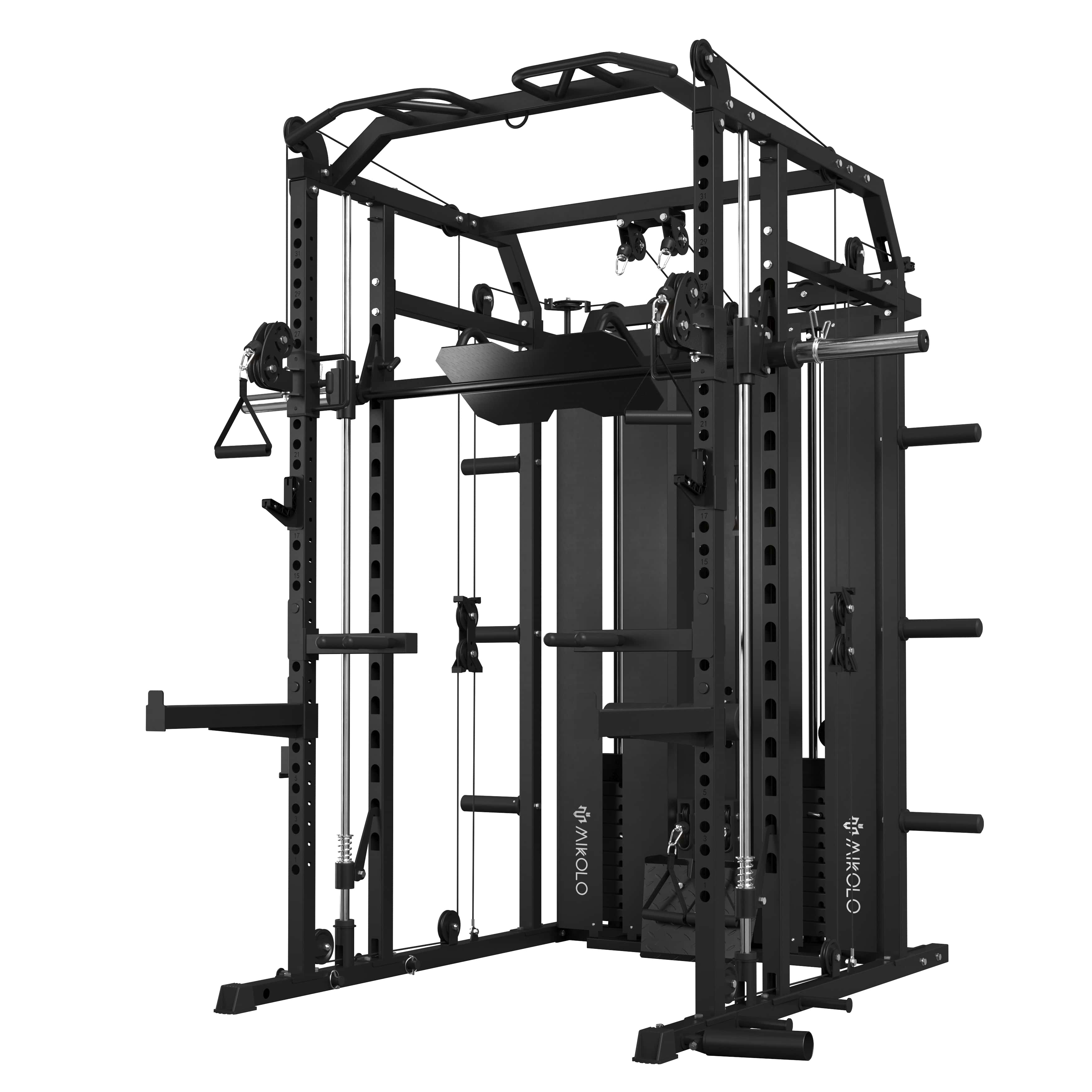




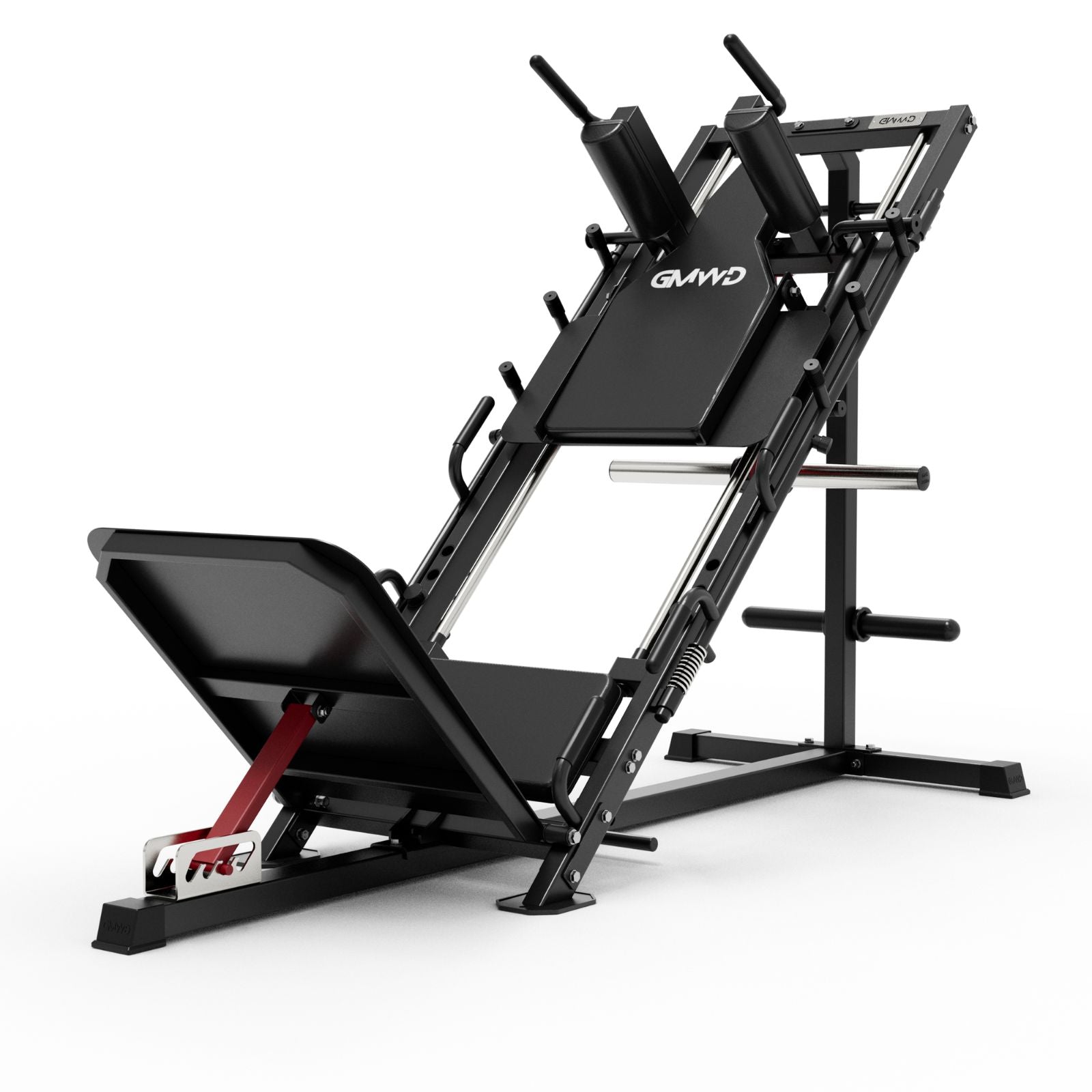


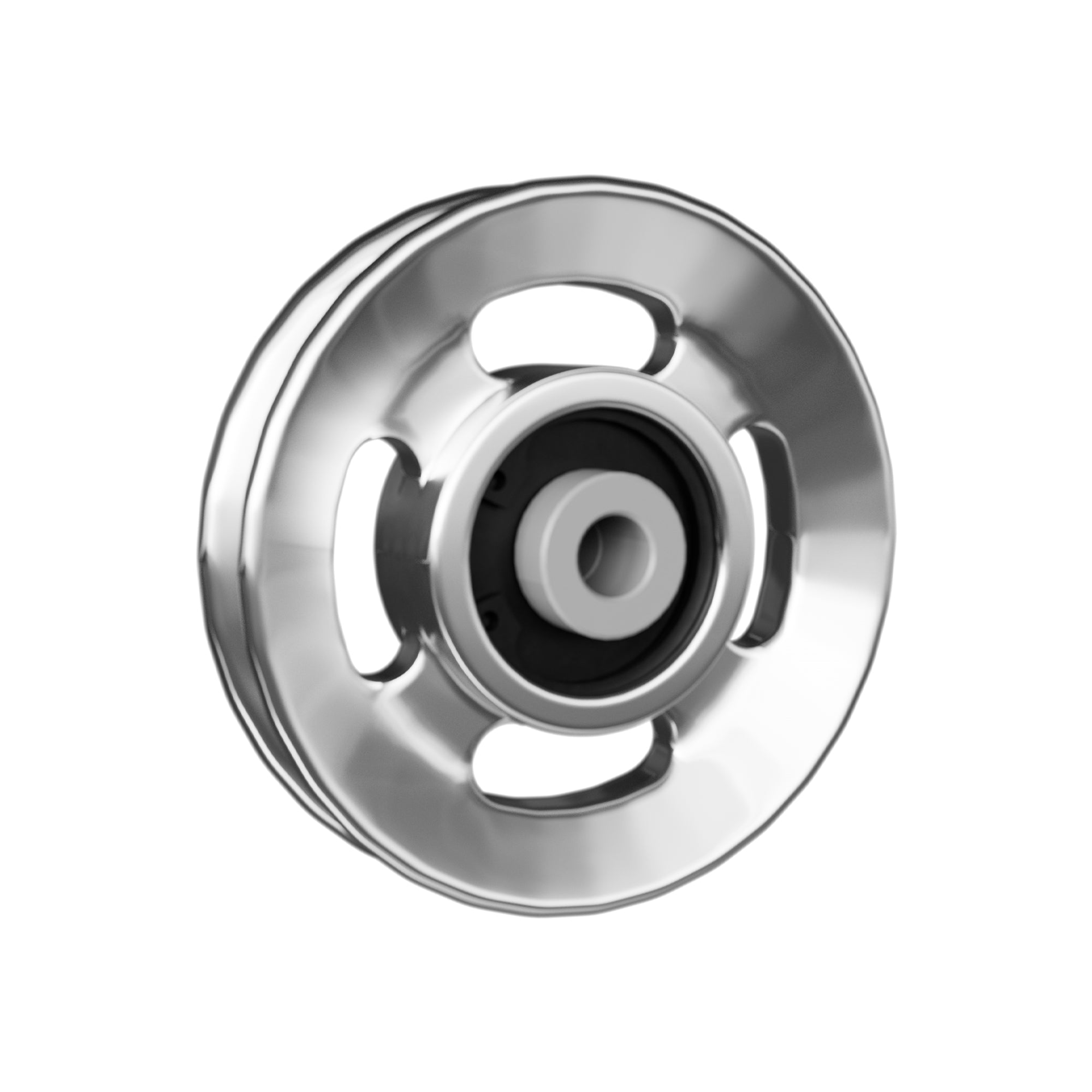


















Leave a comment
This site is protected by hCaptcha and the hCaptcha Privacy Policy and Terms of Service apply.